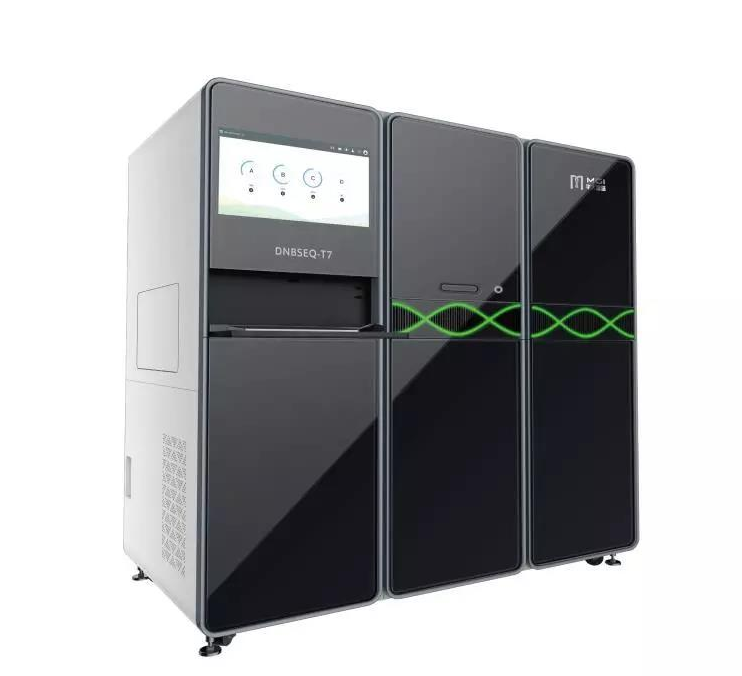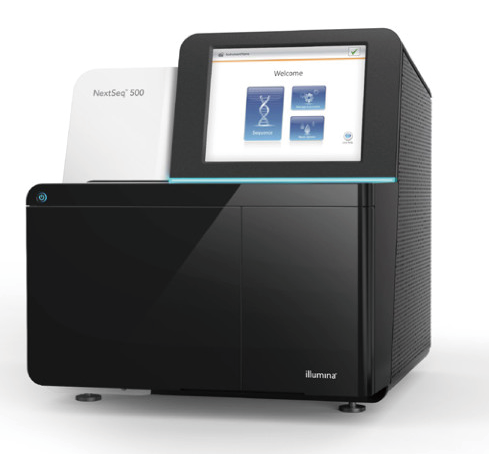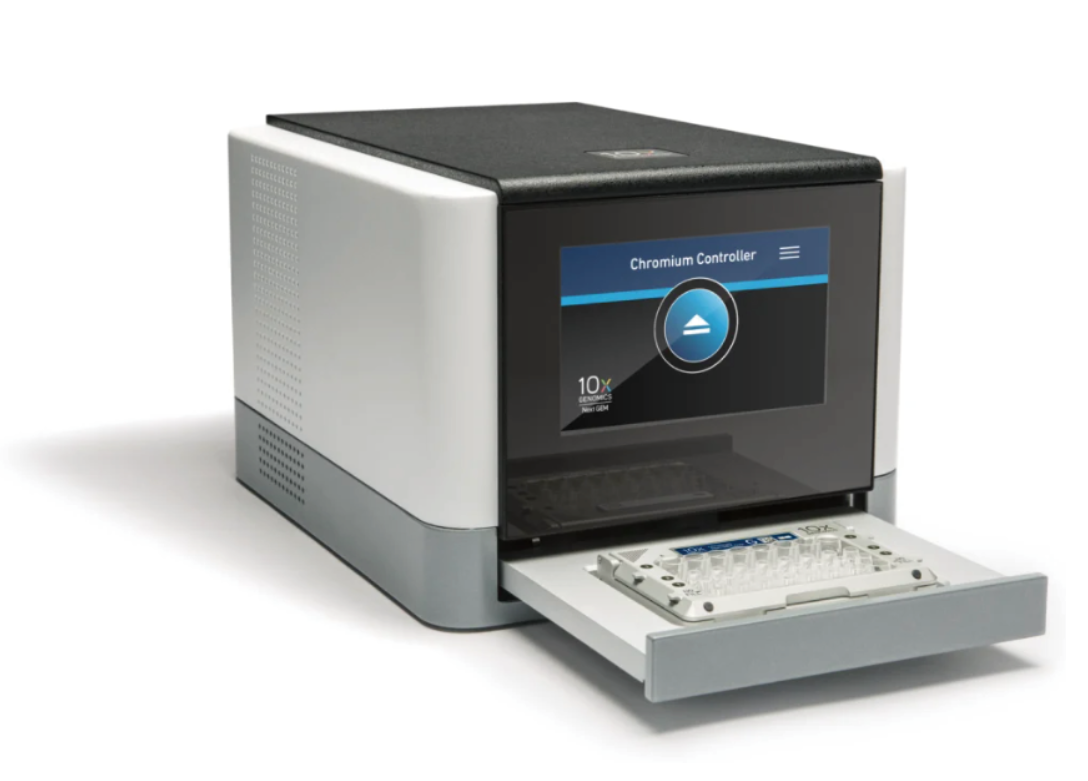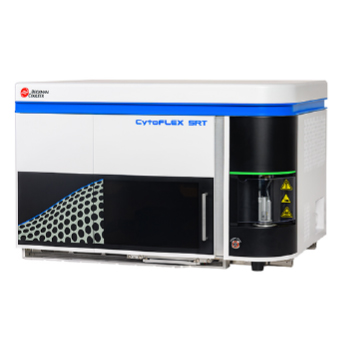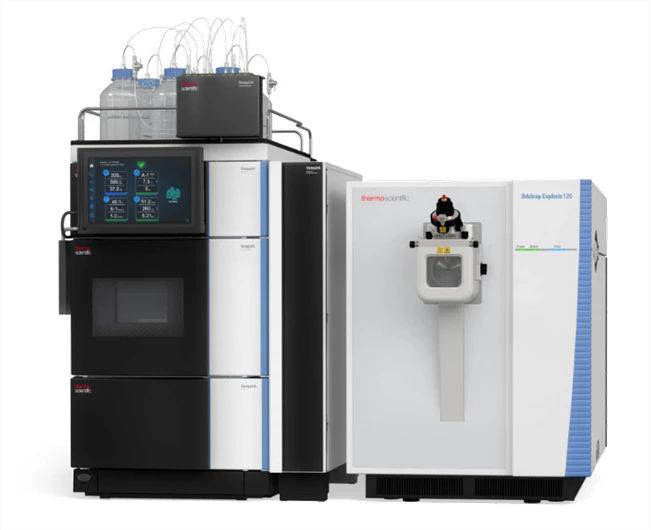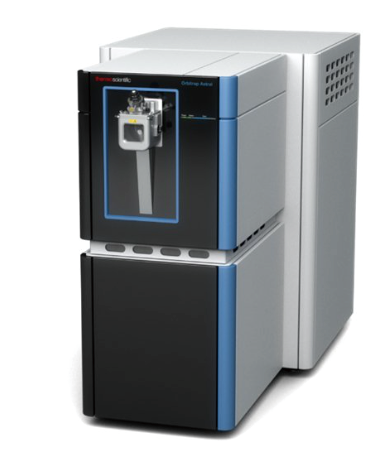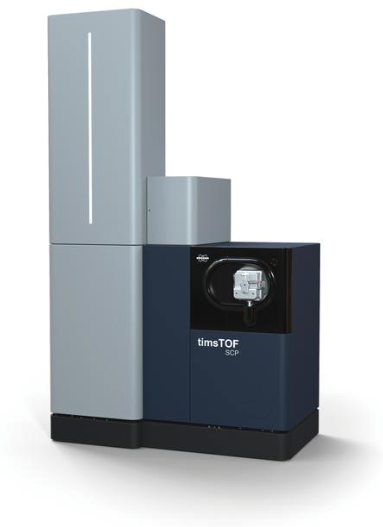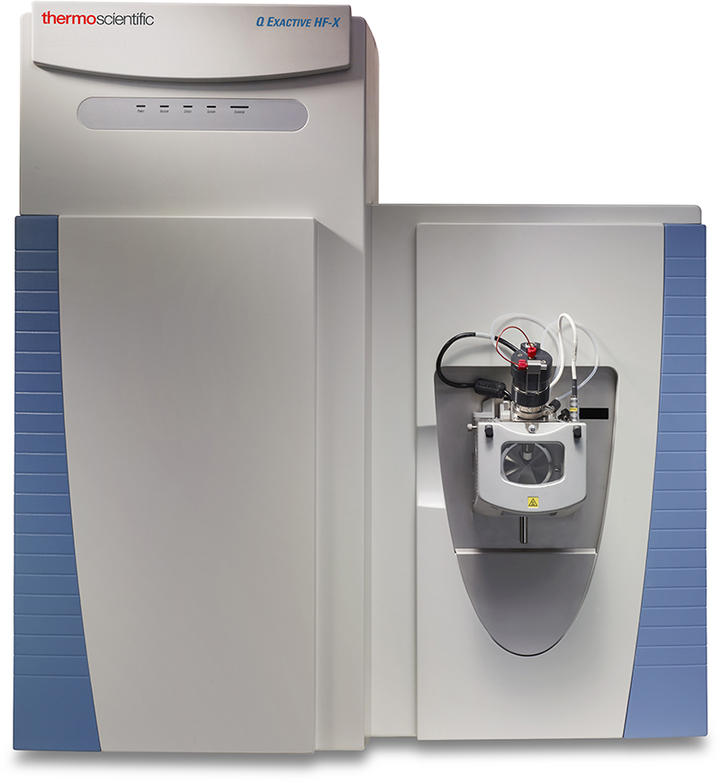Abstract:
Background:
The gastrointestinal tract is populated by a complex and vast microbial network, with a composition that reflects the relationships of the symbiosis, co-metabolism, and co-evolution of these microorganisms with their host. The mechanism that underlies such interactions between the genetics of the host and gut microbiota remains elusive.
Results:
To understand how genetic variation of the host shapes the gut microbiota and interacts with it to affect the metabolic phenotype of the host, we compared the abundance of microbial taxa and their functional performance between two lines of chickens (fat and lean) that had undergone long-term divergent selection for abdominal fat pad weight, which resulted in a 4.5-fold increase in the fat line compared to the lean line. Our analysis revealed that the proportions of Fusobacteria and Proteobacteria differed significantly between the two lines (8 vs. 18% and 33 vs. 24%, respectively) at the phylum level. Eight bacterial genera and 11 species were also substantially influenced by the host genotype. Differences between the two lines in the frequency of host alleles at loci that influence accumulation of abdominal fat were associated with differences in the abundance and composition of the gut microbiota. Moreover, microbial genome functional analysis showed that the gut microbiota was involved in pathways that are associated with fat metabolism such as lipid and glycan biosynthesis, as well as amino acid and energy metabolism. Interestingly, citrate cycle and peroxisome proliferator activated receptor (PPAR) signaling pathways that play important roles in lipid storage and metabolism were more prevalent in the fat line than in the lean line.
Conclusions:
Our study demonstrates that long-term divergent selection not only alters the composition of the gut microbiota, but also influences its functional performance by enriching its relative abundance in microbial taxa. These results support the hypothesis that the host and gut microbiota interact at the genetic level and that these interactions result in their co-evolution.




